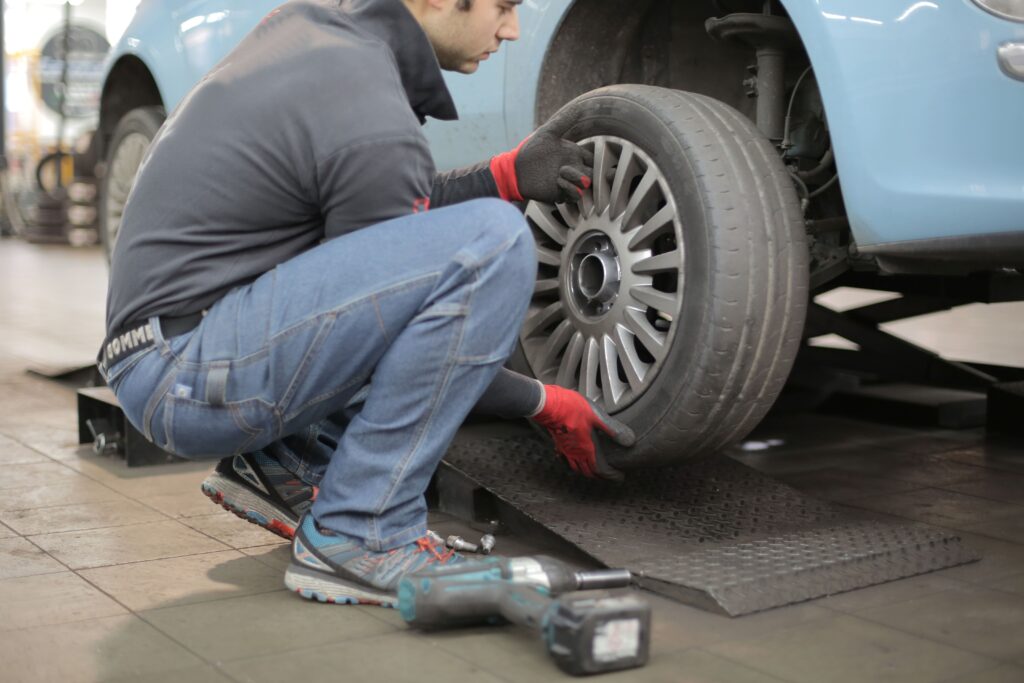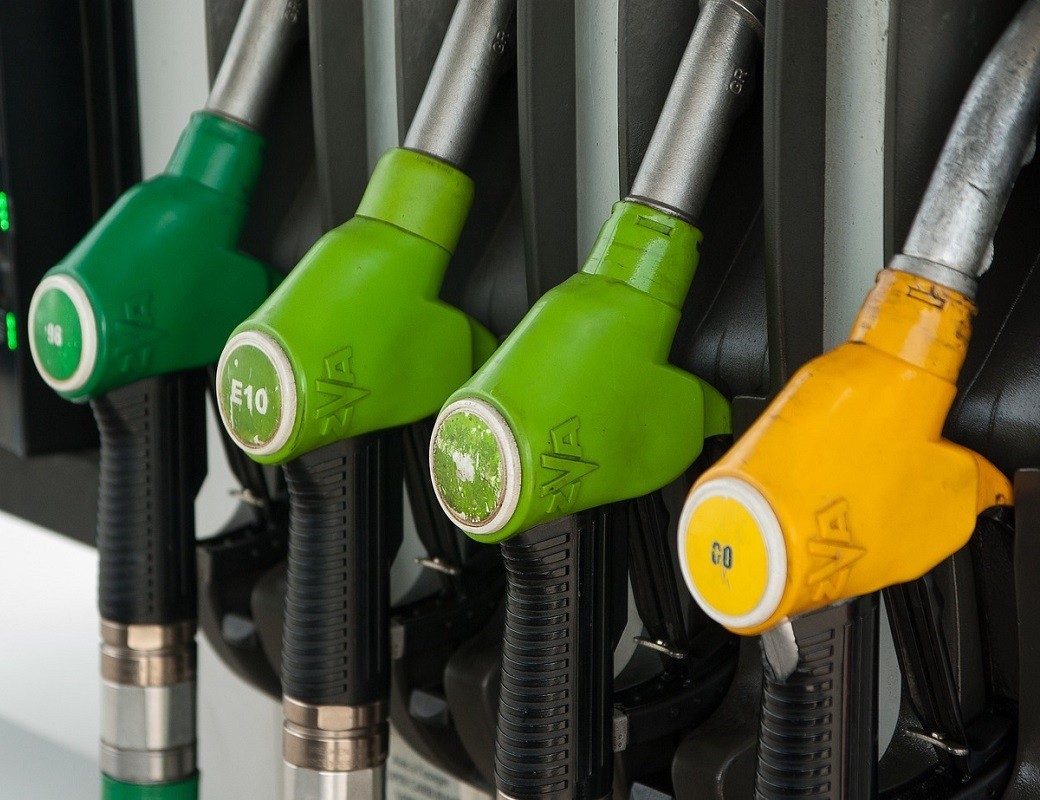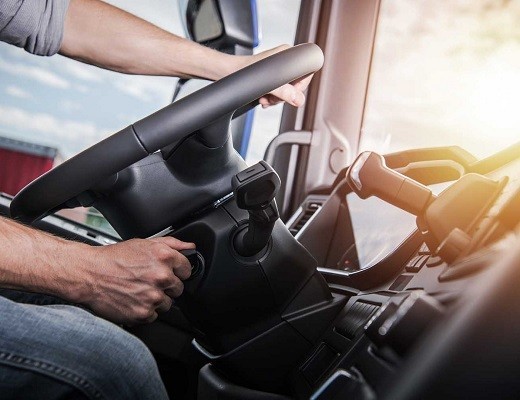

The Importance of Tire Maintenance for Drivers
The tires on your car provide a vital connection between you and the road. You run the risk of losing control of your car and jeopardizing your safety if the traction is inadequate. Unfortunately, a lot of people neglect their tires and don’t really care about how to take care of tires until something disastrous happens, like a flat tire, blowout, or tread separation.
- Benefits of Tire Maintenance for Your Vehicle
- Tire Maintenance Tips
Proper tire care and maintenance are crucial for keeping your Buick or GMC vehicle safely on the road. Regular truck and tire service and maintaining your tires helps you avoid the many dangers associated with tire neglect.
Benefits of Tire Maintenance for Your Vehicle
According to recent data, Americans enjoy traveling on the open road and log 13,476 miles annually on average. This emphasizes how important car tire servicing is. Even though other car parts also deteriorate over time, our country’s roads are hardest on tyres. Your tires will become more worn down with each pothole, bump, and rut they encounter. Hard cornering and hurried stops are two other aggressive driving behaviors that exacerbate tire deterioration.
Additionally, age-related wear and tear are brought on by repeated exposure to the elements.
The lifespan of your tires can be significantly impacted by even seemingly unimportant problems like tire inflation. Unsafe tires that may suddenly fail are the result of neglected tyre servicing. According to the National Highway Traffic Safety Administration, tire failure contributes to 11,000 crashes yearly.
Maintaining your tyres ensures optimum vehicle performance as well as increased safety. By removing factors that increase fuel consumption, proper tire care improves fuel efficiency.

Tire Maintenance Tips
How do you think, which of the following statements is not true about proper tire care? Well, none. You cannot pay too much attention to your safety.
Discover some crucial tire maintenance procedures to remember if you’re not familiar with them or just need a quick review:
Visual Examination: The simplest way to determine the state of your tires is to conduct a visual inspection. Check for any cracks, missing pieces, or other issues that could make your car unsafe to drive. Cracks and missing pieces can be brought on by aging naturally and ongoing UV exposure. Regardless of how much tread is still on the tyre, experts generally advise replacing it after five or six years. Less frequent but more severe are tyred bubbles. They may develop as a result of severe damage, like running over road debris or curbs or traveling on a flat tire. If you notice bubble-like bulges on the sidewall or tread, replacing the tire is crucial to prevent a blowout.
Tread Inspection: Keeping an eye on tread wear and depth is essential for tyre safety and performance. For traction, tire tread depth is crucial, especially when cornering and in wet conditions. Additionally, the right tread pattern can increase fuel efficiency. Regular inspections are essential because tire treads deteriorate over time. New tyres typically have at least 10/32 inch of tread, which is the standard measurement for tread depth in 32nds of an inch. Most states have laws stating that tyres must be replaced when the tread depth reaches 2/32 inches. To measure tread depth, use the built-in tread wear indicators or perform the penny test.
Rotation and Balancing: Your vehicle’s components may wear unevenly on different corners due to minor variations in the suspension geometry. To ensure even wear, it’s important to rotate the tires to other corners. Balancing the tires is also crucial to minimize vibrations and promote even wear. Certified technicians can perform tyre rotation and balancing using specialized equipment.
Tire Pressure Monitoring: Proper tire pressure is essential for tire safety, performance, and fuel efficiency. Both overinflation and underinflation can lead to premature tire wear.
Overinflation reduces the tyre’s contact patch, making the car more difficult to control and increasing the blowout risk. Underinflation causes increased drag, poor fuel economy, accelerated wear, and reduced ride quality. Tyre pressure monitoring systems (TPMS), which have been required in all U.S. vehicles since 2007, make it easier to monitor tire pressure. However, manually checking tire pressure with a reliable tire gauge is still recommended.
Fleet owners can also improve their trucking management by utilizing Logity Dispatch services. Logity Dispatch offers advanced dispatching options, route optimization. By integrating Logity Dispatch into their operations, fleet owners can enhance tyre servicing practices, lower costs, and promote safe and effective driving.





